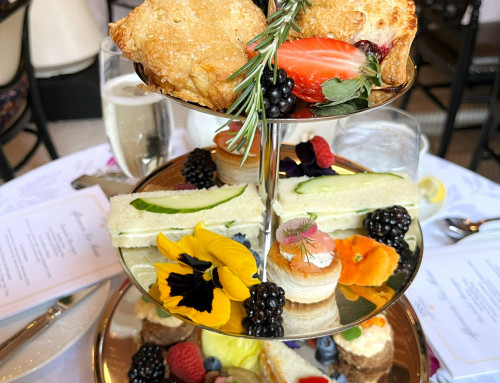The Feast of Fools
Throughout the Middle Ages and well into the Elizabethan period, European society came together on January 1 for a celebration known as the Feast of Fools (read our full article as published in Renaissance Magazine). Christmas was an austere and holy season, full of fasting and stringent religious rules. By the time January rolled around, people were ready to cut loose. Through the centuries, this New Year party took on a life of its own. What started off as an annual, church-sanctioned festival turned into an extremely debauched spectacle from which many of our modern New Year traditions have derived.
Around late December, round cakes festooned in gold, purple and green sprinkles begin turning up in grocery stores and bakeries. These yeasty cakes, known in French as Galettes des rois, or King Cakes, are made in celebration of Epiphany, on January 6th- the supposed date of the Three King’s visit to baby Jesus bringing exotic gifts of gold, frankincense and myrrh. They are particularly popular in New Orleans and often come bedazzled with all sorts of beads, candies and paper crowns.
The King Cake: Any ring-shaped gift or food is thought to bring good luck and represents fertility, prosperity and life coming “full circle.” The traditional King Cake season is kicked off on twelfth night, which is also the start of the pre-Lenten Carnival season and runs until the first day of Mardi Gras (read more on our blog post). The medieval version of the King Cake was a heavy egg-based, brioche-like pastry that is studded with purple, green and gold candied fruits, the colors representing the magi’s gifts of gold, frankincense and myrrh gifts. Today there are two popular types: one consists of layers of puffed pastry filled with an almond cream and the second is a round yeasted cake adorned with gold, purple and green, which represent the three gifts of the Magi. Hence the name, King’s Cake or Three King’s Cake.
King of the Bean! The medieval custom of appointing a “lord of Misrule” during the Feast of Fools grew into a long-lasting tradition of crowning a King of the Bean. A bean, ring or some other trinket was baked into a cake. Whichever party goer was served the slice of cake containing the prize was named king of the feast. The English version of a King’s Cake selects both a king and queen by hiding a bean and a pea within the same cake, which was decorated with paper crowns worn by the “monarchs”. The tradition has evolved from planting a bean to baking a plastic baby Jesus in the cake. So, yes. That is a baby Jesus in your slice of galette.







Leave A Comment